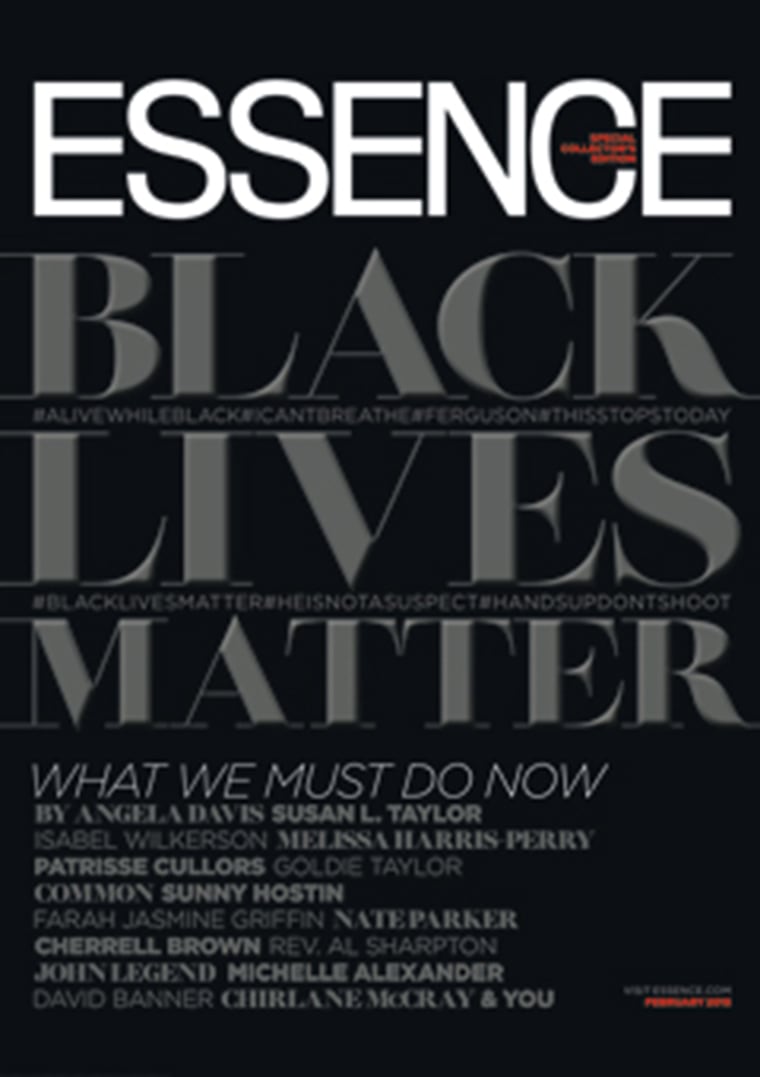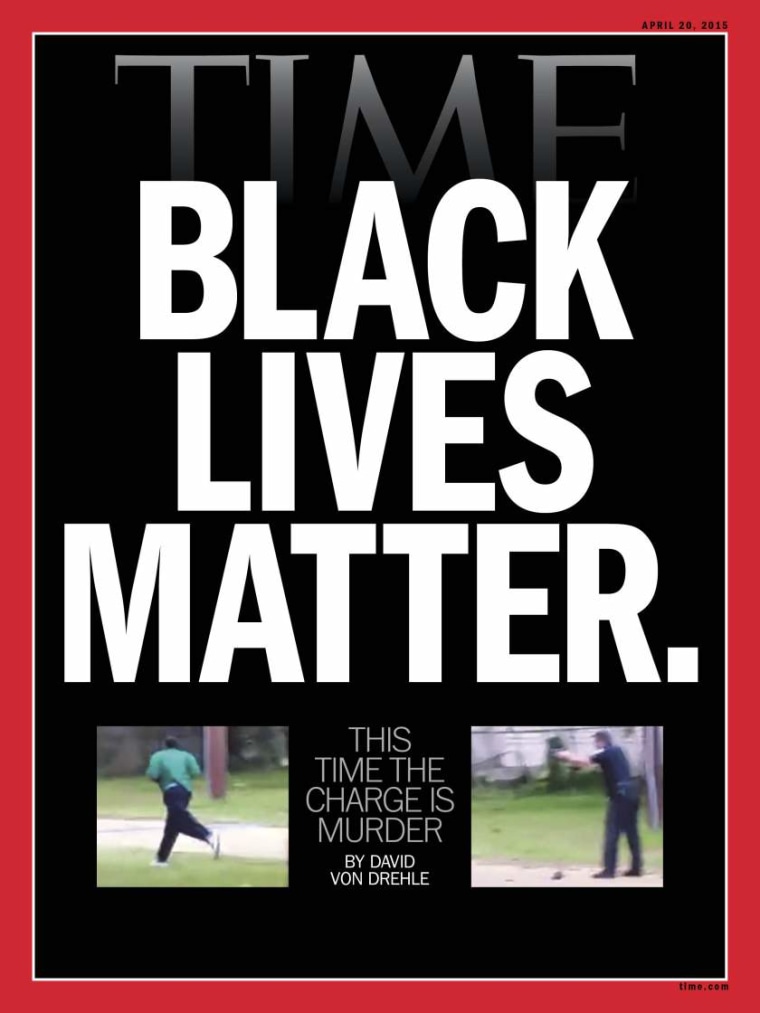In February, Essence magazine made history. Devoid of Hollywood celebrities and gloss, the 45-year-old black women’s monthly decided to black out its cover and print three of the most profound words to enter America’s lexicon — Black Lives Matter.
#BlackLivesMatter, thanks to three black queer women — Alicia, Opal and Patrisse — has moved from the tweets to the streets. What began, as a hashtag has become a national movement and the battle cry for the next generation of civil rights leaders.
In the past few years, we have borne witness to the killings of too many unarmed black men, women and children. We’ve seen “viral” videos, photographs and memes featuring lifeless black bodies laying in the streets, on playgrounds, in stores and being choked to death in broad daylight. With each image, our society seems to become at once outraged and detached.
The despondency that has burrowed within the black community is palpable. The pictures and videos coming out of Florida, Missouri, New York and Ohio just to name of few, have become a case of déjà vu that black Americans can’t seem to shake. Essence magazine asked in their February issue, “Where do we go from here?" with various thought leaders and activists weighing in — their thoughts dovetailing with the feelings of too many black Americans who are struggling to rationalize their next steps.
This week, Time Magazine released an eerily similar cover, which matches Essence’s February edition almost identically. Time’s cover features the phrase Black Lives Matter with a snapshot of the now-viral video death of Walter Scott in South Carolina at the hands of a white police officer, Michael Thomas Slager.
The difference between the two cover stories, however, is a deep reflection into how disparately white and black America see the unrelenting violence that black Americans are facing.
If there is nothing else that we can garner from the past several years of unabashed police violence is that the police motto of “protect and serve” doesn’t apply to all communities.
While Time’s cover will be sure to garner an incredible amount of attention and clicks — the article itself is devoid of any emotion or outrage. In fact it reads as well as the police report should have — full of facts, yet lacking any sentiment. In the light of recent tragedies, black Americans are filled with passion, disappointment, rage and worry — while some white Americans remain utterly trapped by what they deem as the “facts of the event” instead of concern for how a police officer’s account of an incident — which leaves an unarmed person dead — doesn’t match the actual sequence of events.
It’s this denial of empathy that leaves us divided as two Americas trapped in a cyclical battle.
Time Magazine has used the phrase Black Lives Matter as what many will view as a “bold” statement, but what others will view as sensational. In a moment when so many of us — black and white — feel incredibly disconnected from one another, this could have been an instant to highlight how differently these two Americas exist alongside one another.
If there is nothing else that we can garner from the past several years of unabashed police violence is that the police motto of “protect and serve” doesn’t apply to all communities.
Empathy is the key to mutual healing. Recognizing that what has transpired over the past few years isn’t a random act of circumstance; but instead a systemic failure to address the underpinnings of racism that have defined our democracy.
Two covers, two Americas and in between, the struggle to realize whether or not Black Lives Matter really does matter? If there is any possibility of us both ever moving forward together, white America must absorb the facts at hand — that the America that was built to serve them isn’t the one the rest of us exist in — and the only way to fix any problem is to first acknowledge that one actually exists. How do we begin? Your guess is as good as mine.


